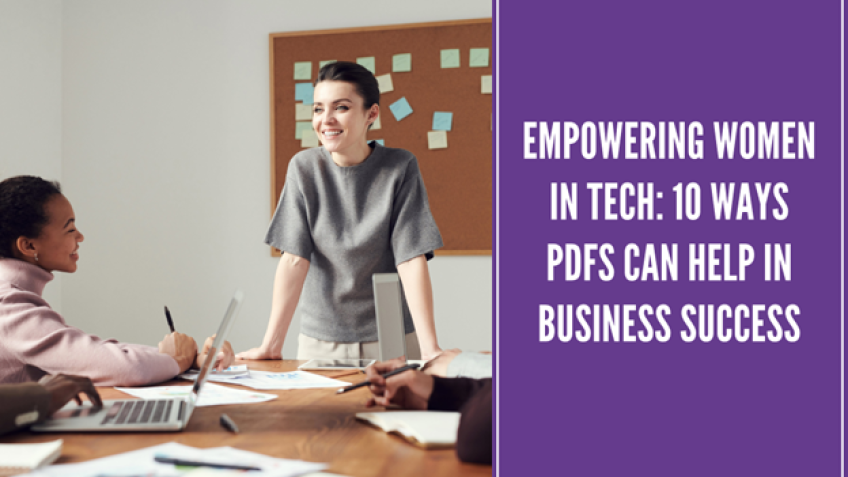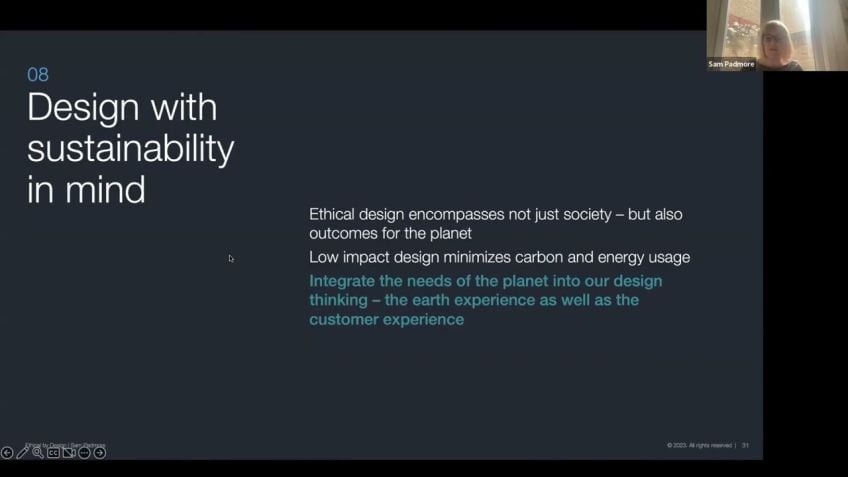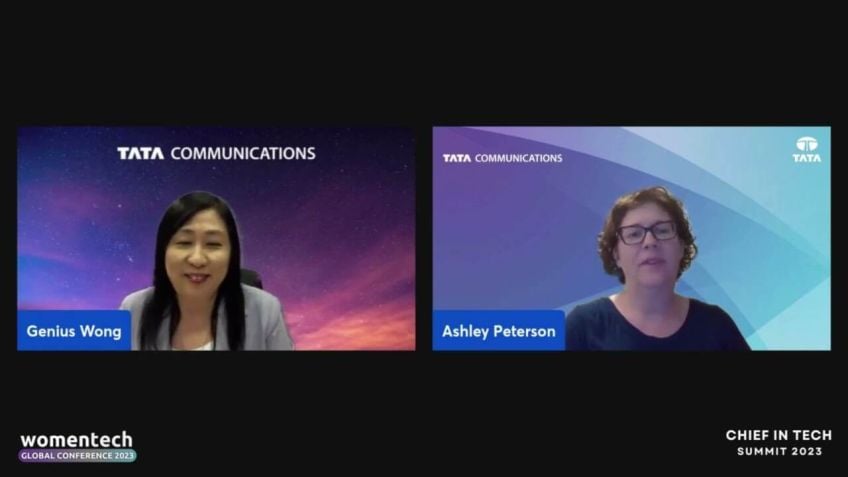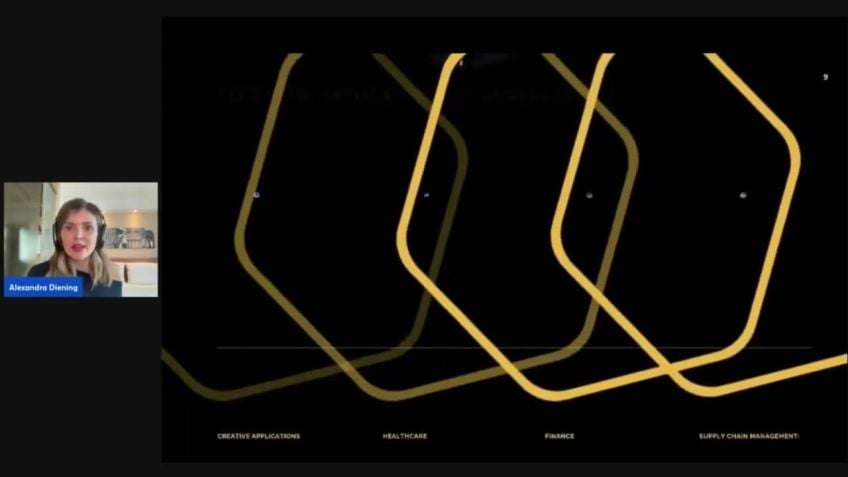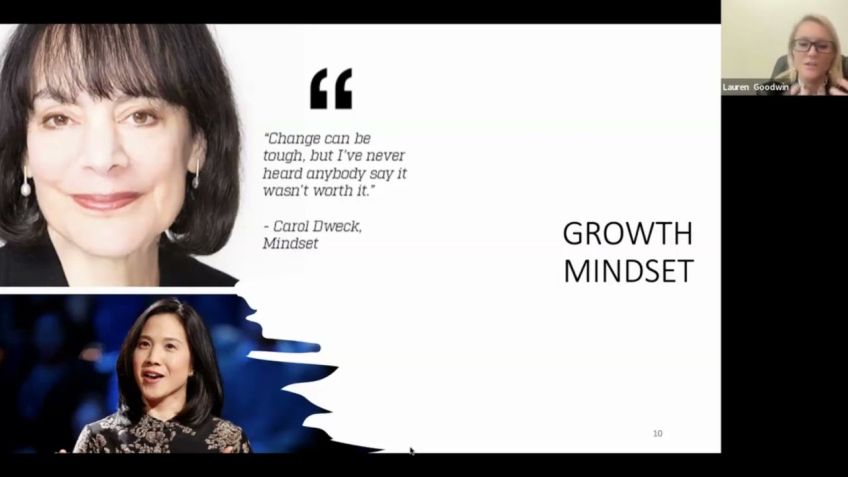Pooja Rangarajan Re-innovating Your Approach as a Techie
Renovating Your Approach As A Techie: The Perfect Blend Of Technology And Empathy
Embracing the power of technology is essential in today's digital age. However, incorporating empathy into our approach towards the use and creation of technology is equally important. Change is inevitable, and the last year has surely left an indelible mark on us in many ways. This blog post explores how we can renovate our approach as techies, fostering a new brand of tech-driven empathy.
A Year of Change and Adaptation
The Covid-19 pandemic has hit the world with a global crisis, leading to drastic changes in our lifestyle. Despite the lockdowns and social distancing, technology has emerged as our savior, preventing us from complete social isolation. It has allowed businesses to continue running, students to keep learning, and family members to stay in touch despite distances.
Building Relationships with Technology
The technology we develop is not just about functionality; it's about designing a more intuitive, human-centered user experience. The pandemic has shown us that professionals, even in sectors that traditionally relied on face-to-face interaction, can work efficiently and empathetically via technology.
Using Tech Smartly in the Field of Artificial Intelligence (AI)
As we increasingly find ourselves surrounded by smart devices, it's important to acknowledge that these devices are still largely unaware of our emotional state. As builders and users of technology, it's time we start expecting our devices to be more "emotionally aware," which could pave the way for a more intuitive, empathetic tech landscape.
Why User-Centric Design is Key
Thinking of users as real people, empathizing with their needs, and paying careful attention to their workflow and lifestyle is critical in designing technology that best suits them. The key is to listen to your customers - build what they want, not what you assume they want.
Case Study: Digitalizing with Familiarity
A real-life example from my experience working with a client at Volkswagen taught me an essential lesson - when you turn a manual process into a digital one, it's crucial to do so with familiarity in mind. Despite a great effort to digitize a task that the client had performed manually for 25 years, our initial design left him struggling to adjust. It was only after iterating on our design, observing his daily routine, and closely aligning the new tool to his comfort level, we created a tool he could use efficiently. It was a testament to the importance of empathy in the world of technology.
Emphasis on Two-Way Communication and Feedback
The key to successful leadership in the technological sphere is effective communication and feedback. Listening to the people you work with and understanding their perspectives is vital for fostering a collaborative environment.
Leading by Listening: The Story of an Inspiring CEO
A notable example of empathetic leadership comes from a CEO of an automotive company. She was celebrated for her active listening skills and creating an inclusive environment. Her leadership style reminded us of the importance of respecting everyone's opinion and fostering a space where everyone feels heard.
These are just a few ways we can renovate our approach as techies, blending the power of technology with empathy to create a brighter future. If you have any further queries, feel free to reach out. Thank you for your time!
Video Transcription
OK, so hello everyone. This is Puja and Rajan and let's get right into it. So the talk for today is called renovating your approach as a techie. So when we think about it, technology, like art is a soaring exercise of human imagination, right?It's not that we use technology, but we literally live technology. So when we look around us, just take a moment to look around and we will see we are surrounded by technical technological devices. So innovation and creation, it's mainly about the experience that we create with it and it's more about what we deliver and what the person feels with it. So technology has also been called The Great Growling Engine of Change. Now, talking about change, we have seen a fun year in this past year, the world has been hit by a global crisis in the form of COVID-19. This pandemic is affected a lot of us before the pandemic shut down life as we knew it. I really miss stuff from before like traveling, just going out freely. It has led to lockdowns, it has led to social distancing, but technology has saved us from complete social isolation. In fact, it has also helped us see how we can be connected in ways we have never thought about before. For examples, let's just think about it.
Businesses have continued running, they have been uplifted, schools have continued giving classes to Children, Children are taking examinations, universities are giving online classes. In fact, even gyms and fitness centers, they are giving classes online. So this means it's not only helping economy to remain stable but also helping mental and physical stability. On the other hand, a lot of people like me who are staying away from their families, we have been enabled to be connected to our families. Like never before, no matter the distance. A lot of people like us have had online events and a lot of crash courses in Skype teams link in the past years and this has actually shown us what the power of virtual technology is. So what, what is there is our businesses? It is about technology. Yes, but it's also about building relationships, it's about operations. And before this, it was hard to even imagine that professionals working in marketing or sales, they could continue doing the job as usual without technology.
But this past year has shown us that even people in marketing or sales can be as efficient doing the job virtually as in person. So it's actually brought out the best of ourselves. We together have built this world of virtual togetherness. They say that technology is actually the best when it gets people together and we have made this possible together. Like even right now, we've got the opportunity to listen to so many empowered people motivating speeches from all over the world. And I'm really happy to have the opportunity for this. So going into a bit more about myself, like I mentioned, I'm Pu Jang Rajan and I love traveling. I would have been probably traveling right now. If not for the pandemic, the weather is getting nice, nice summer, sunny. Uh But I'm happy that I could um practice my other passions like rowing and dancing even though the shutdown period was them a bit more on me professionally. I work at Volkswagen with a virtual engineering lab as a project manager and software developer. We work on a lot of projects in the area of virtual reality, augmented reality simulated solutions and what our goal is in our department to digitalize the process or the research and development of the research and development of Volkswagen. So it's really nice because we get the opportunity to digitalize and make technology virtual for our customers. It feels lifelike, but it is still virtual.
So especially in times like this, it has been so helpful to keep technology running and going and it helps us to think like never before. It helps our customers to think out of the box to come up with solutions together and we're still moving forward with this owing it to technology. We also do some projects in the field of artificial intelligence. Now talking about artificial intelligence and A I just the other day I was rehearsing for a conference speech on A I and I happened to mention Google in my speech. Now my Google home, it caught this and it started playing me a song at that moment. I was really focused on what I was doing. And of course, I was a bit frustrated. I had to say stop at least five times before it actually listened to me and stop playing music. So at that time, I just turned to it and I said, you know what I really hope and wish you understood me right now. We are surrounded by hyper connected devices. We are kind of surrounded by smart devices, but they're relatively unaware of the state we are in. At this moment. For example, the devices do not know if we are happy, sad, annoyed at this point, they are conversational, they're smart but still unaware. So at this point, I thought that like we expect the devices around us to be emotion aware.
So do everyone else our customers, the people around us expect us to be emotion aware of their needs. Now, it is our duty to create products that not only help users accomplish a task but also fit into their overall workflow and lifestyle. We need to start seeing the users of our product as real people and not just some individuals trying to do something. So different users have different motivations and varying definitions of success, right? We cannot assume that we can always build a product and it would fit into a one size fits all model. We also need to start empathizing with our customers and building technology for our customers with suits their needs. Now, the key what we learned from this is talk to your customers, make what people want a few months back. For example, our team was given the task to digitalize one manual process in the research and development of one of the departments at Volkswagen. So we were building a tool for one of our clients, right? So this particular client had been working and doing a manual process for over 25 years in the same department for all, you know, he could do his job with his eyes closed at that point. But of course, from his lead, we were given the task to digitalize this whole manual process which he was working with. So we worked on it on the solution. We thought that would be the best. We went to him. Super happy, super excited with our solution.
And we were pretty sure he's gonna love this and confident we gave him the tool. But guess what, after minutes, we realized that he was actually struggling to find where to even start with the tool. Some man who actually did his job within minutes was struggling how to even start using the tool right now. So it is super important to align the requirements of the customer with what the customer really needs to the deliverables. For example, this is quite a famous example of how the customer explains the problem, how the team designs it and what the customer actually needs in the end, it can have different definitions. So it is so important right at the beginning of a project to actually speak, understand, empathize that what the customer actually wants and make sure that all the parties are on the same line. So Albert Einstein is often quoted saying if I had 20 days to solve a problem, I would spend at least 19 days to define this. We then realized that we defined a new way of working for this particular case, but it was not familiar to what the user was actually used to from the form. So communication here was key, it was key to understanding.
So we went back to our customer, observed his usual work day, observed the tools which he usually used his comfort levels with us using this whole digital process. And after iterating time. And again, we finally were successful in delivering a tool which actually looked very similar to the conditions which he was usually used to. For example, the icons, the buttons on this new tool were very similar to his physical tools which he actually used in his everyday life.
We tried to recreate the exact steps, the number of steps, the kind of the whole feel of the tool, what he was used to. So as a result of this whole new iteration and everyone being on the same page, the customer was super happy and we actually delivered a tool which is being used by a customer because this is often the problem that people design something, create something. But in the end, there are no users for it. So these steps are super important to ensure that we actually build something what people want. And there are users to this tool and by communicating by analyzing, we understood that the key in this case was to digitalize but to digitalize with familiarity, do not throw your customers into cold water but walk with them into this process of transition. Empathy is one directional you feel for someone else. But when you build a rapper, it's two way and this is this rle building this relationship building. It is very important for your personal and professional life, be it your colleagues, your friends or your customers. Now, I wanna tell you a story. I read a while back about a CEO who was a woman of an automotive company. So she joined in about 2014. But as soon as she joined, she was met with this full blown crisis.
She had to recall over 2.6 million cars for faulty ignition but she did not hush the matter. She rather told her employees, you know what put this painful experience in our collective memories, we need to learn from this. Instead of not talking about this, she's often been been praised for her leadership style because she's praised for creating an inclusive environment. So when they always had, they always had conferences or they had meetings, she would ensure that each and every individual's opinion from the meeting was always her too. She was known for having excellent listening skills. So it had been reported that she would listen and ask for every individual's opinion in the room and she would gauge with full efficacy and then provide feedback. She would think about each opinion no matter whom it came from. So coworkers and those people she mentored really praised her for this style, for her listening style. And as a result, her approachability, she's often known as a great leader because she is a great listener. People knew that they could value her feedback because she listened, they trusted her feedback because they knew she actually listened, she thought about it and then she came up with a feedback which would actually be valuable to them.
So one of the most sincere form of respect is actually listening to what the other person has to say. Leadership should be more participative rather than directive. It should be more enabling than performing. So, thank you everyone. Thank you for listening to me today. Like I said, you can always find me at the email ID given below. And I would love to take your questions if any. Thank you.

